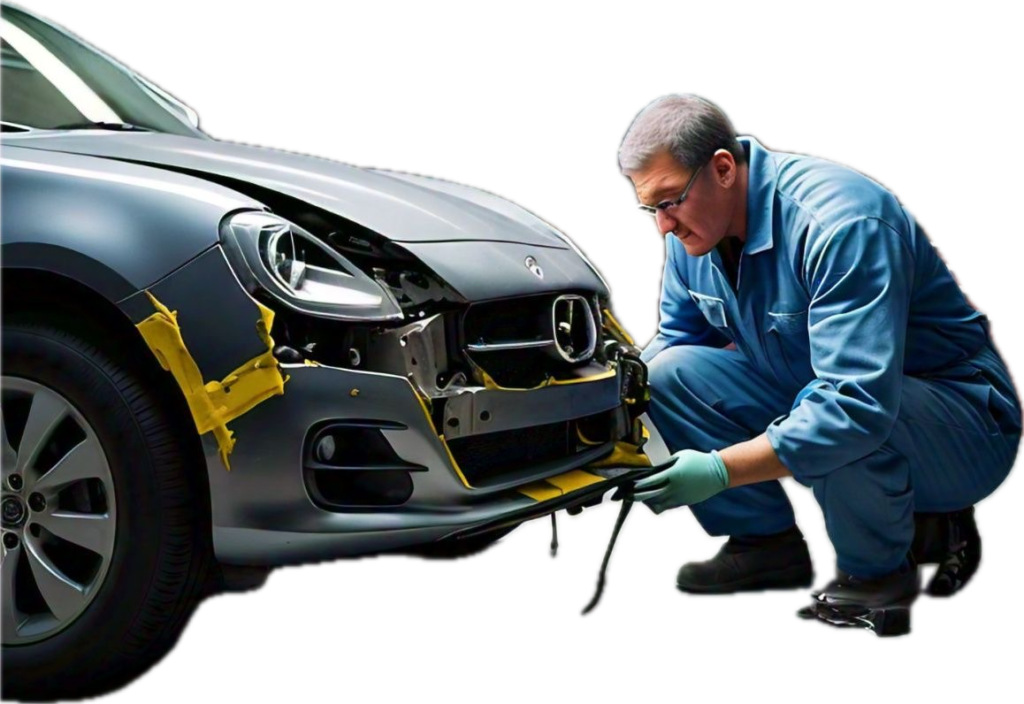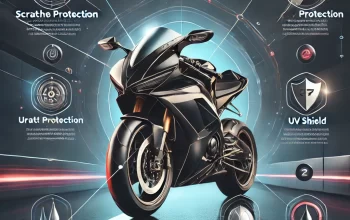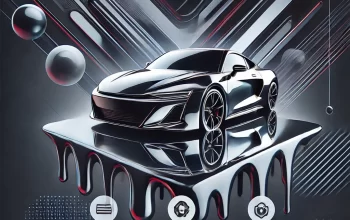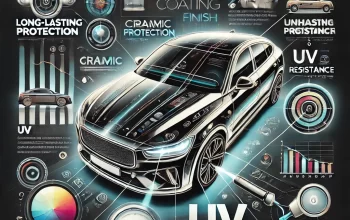
Car dents are a common problem for vehicle owners. Whether it’s a minor scratch or a major dent, these imperfections can ruin the appearance of your car. In this guide, we’ll cover the different types of car dents and how to fix them. Whether you’re dealing with a minor dent panelor a major dent panel, we’ve got you covered. We’ll also give you an idea of when you may need professional help.
Understanding different types of car dents
Before diving into the process of fixing dents, it’s important to know that not all dents are the same. Some are small and barely noticeable, while others are large and can cause significant damage. The method of repair depends on the type and size of the dent. Some of the major dents require professional car denting and painting services.
1. Minor Dents
These dents are small, usually less than a few inches in size, and typically occur when something lightly hits the car’s surface. They don’t cause any serious damage but can be a mess.
2. Creased Dents
These happen when the car’s body is hit by something sharp, causing a crease or fold in the metal. They are more challenging to repair since the metal has been distorted.
3. Round Dents
Round dents are typically caused by small objects, like a ball hitting the car or someone opening their car door into yours. These dents can vary in size, but most fall into the minor category.
4. Major Dents
Major dents are much larger, sometimes affecting a larger surface area of the car. These are often caused by more significant impacts, like a car accident. In most cases, major dents may require professional help, as they can damage the structure of the vehicle.
How to repair minor dent panels?
Minor dents are easier to fix and can often be done at home with the right tools. Here’s how you can repair a minor dent panel:
1. Clean the dent area: Start by cleaning the dented area with soap and water. This helps you see the dent clearly and ensures no dirt gets trapped during the repair process.
2. Use a suction dent puller: For small dents, a suction dent puller can work wonders. Place the suction cup over the dent and pull outward to pop the dent out.
3. Heat the metal: If the suction puller doesn’t work on its own, you can use a heat gun or hair dryer to warm up the metal. Heat causes the metal to expand, making it easier to pop the dent back into place.
4. Use a dent repair kit: Dent repair kits usually come with a glue gun and puller tabs. Apply the glue to the tab, stick it to the dent, and use the puller to gently lift the dented area. After the dent is pulled out, remove any glue residue with alcohol.
5. Sand and paint: If the dent caused any paint damage, use sandpaper to smooth the area and apply a primer. Once it’s dry, apply matching spray paint to blend the repair with the rest of the car.
When to seek professional help?
It’s important to know when it’s time to get professional help. Here are a few signs that it might be time to call a car denting and painting expert:
1. Paint damage
If the paint is cracked or scratched, DIY methods won’t be enough. You’ll need professional car denting and painting to repair the damage and repaint the area.
2. Deep or large dents
For larger dents that affect multiple panels or are too deep to fix with a plunger, it’s best to leave the repair to the professionals. Major dent panel repairs require specialized equipment and skills.
3. Structural damage
If the dent affects the car’s frame or structural integrity, don’t attempt to fix it yourself. The car’s frame is designed to absorb impacts and protect you during accidents, it should be handled by a professional.
Benefits of professional car denting & painting services
Hiring a professional for car denting and painting offers several benefits:
1. Quality results: Professionals have the right tools and expertise to repair dents without damaging the paint or other parts of the car.
2. Long-term protection: When professionals handle the repair, they ensure the paint and the panel are protected, preventing rust or further damage.
3. Safety: Major dents that affect the car’s structure need professional attention to ensure your vehicle is safe to drive.
Conclusion
Fixing car dents doesn’t have to be complicated. Minor dents can be fixed at home with the right tools. However, for larger dents or those involving paint damage, it’s best to call a professional for car denting and painting services. At Caross, we provide all the car care services to protect your car’s look and performance. We offer services like denting, painting, and paint protection coatings like PPF and ceramic coatings. Contact us for all your car care needs and get the best services done for your vehicle.
Meta Titles for the Blog:
Meta Title: Fixing Car Dents: A Simple Guide to Repair Different Types of Car Dents
Meta Description: Fix different types of car dents, from minor to major dent panels with Caross. Get DIY tips or find out when to seek professional denting and painting services.



